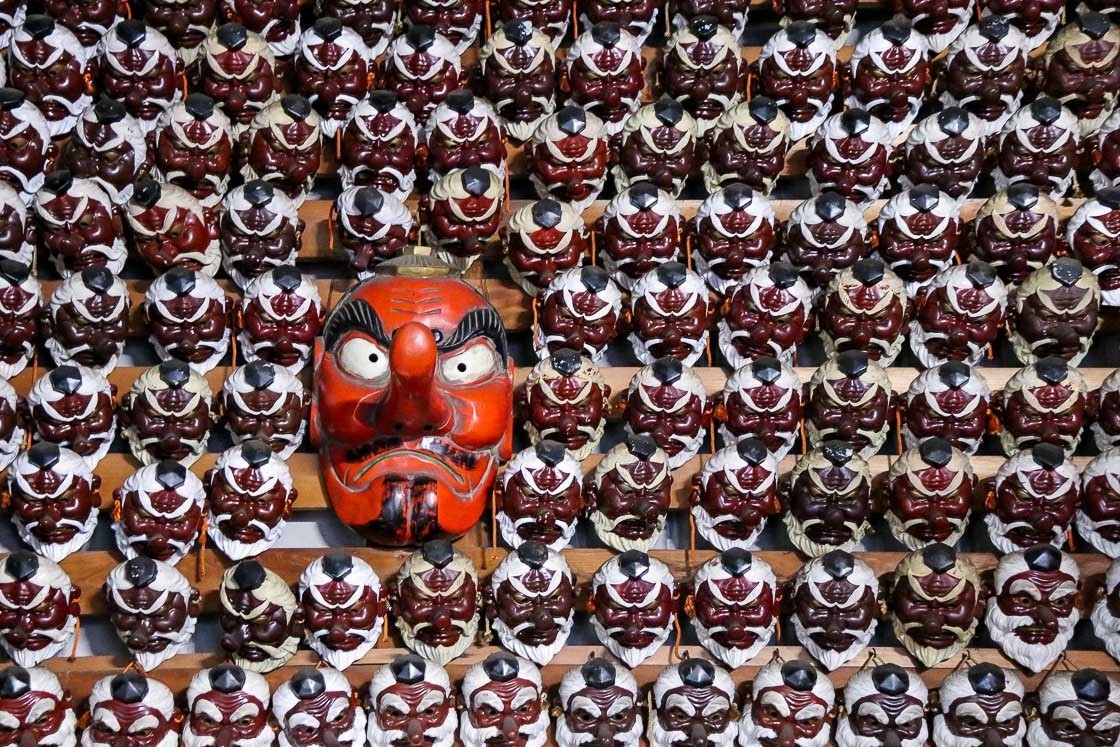2-day trip to Minokamo in central Japan
Minokamo is a city that is perfect for those looking for a place to visit off the beaten track as it is low on the tourist radar. Located about 40 kilometers northwest from Nagoya, one of the top five most populous cities in Japan, Minokamo offers a plethora of outdoor activities for everyone of all ages. The quiet city is best visited as an overnight trip to fully experience all it has to offer, but a day trip is also doable. I spent two days in Minokamo and participated in a wide variety of experiences and activities, going from visiting a practicing Zen temple to rafting down the Kiso River. It was quite a wild two days, and I'm sure that it would be a suitable activity for those looking to spend time outdoors.
I used a rental car during my stay in Minokamo and would recommend it to those planning to visit. Public transportation to the sightseeing attractions outside of the city center is limited to infrequent community buses, and I found having a car made exploring a lot more convenient.
Day 1
The first place I headed to after picking up my rental car was Saka o'carre, a modern cafe and activity center housed in the former village hall. The building was constructed in 1936, in the early Showa Period, with western architectural design, and today, stands out compared to the nearby modern buildings. Inside, efforts have been made to retain the Showa charm by playing music from that period and even down to the design of the cafe menu. It seems that the cafe is extremely popular for its shaved ice desserts in the summer with long lines out the door. However, I was there too late for shaved ice and went for their equally delectable tea and sweets set instead.
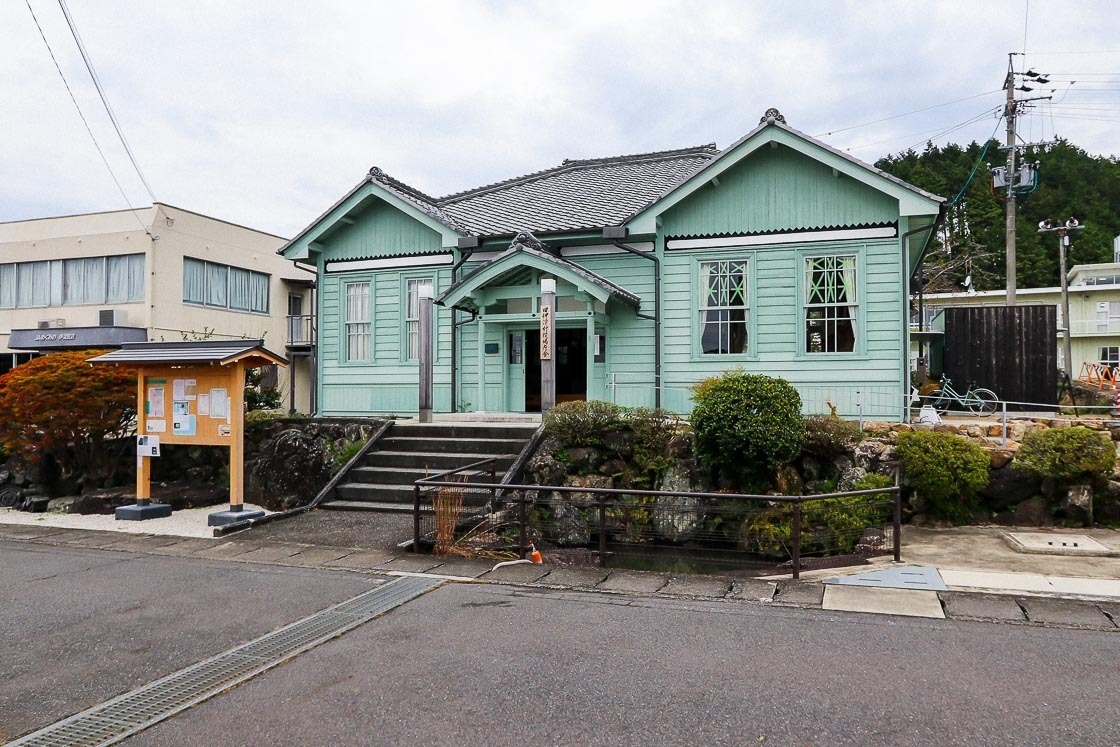
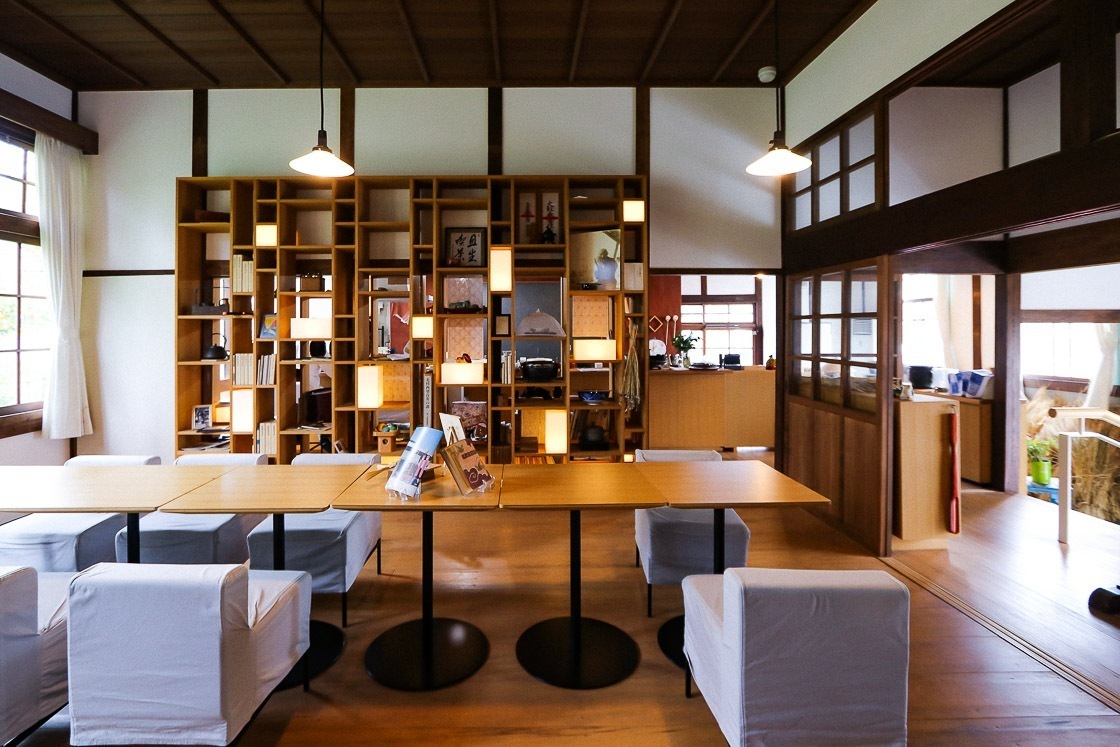

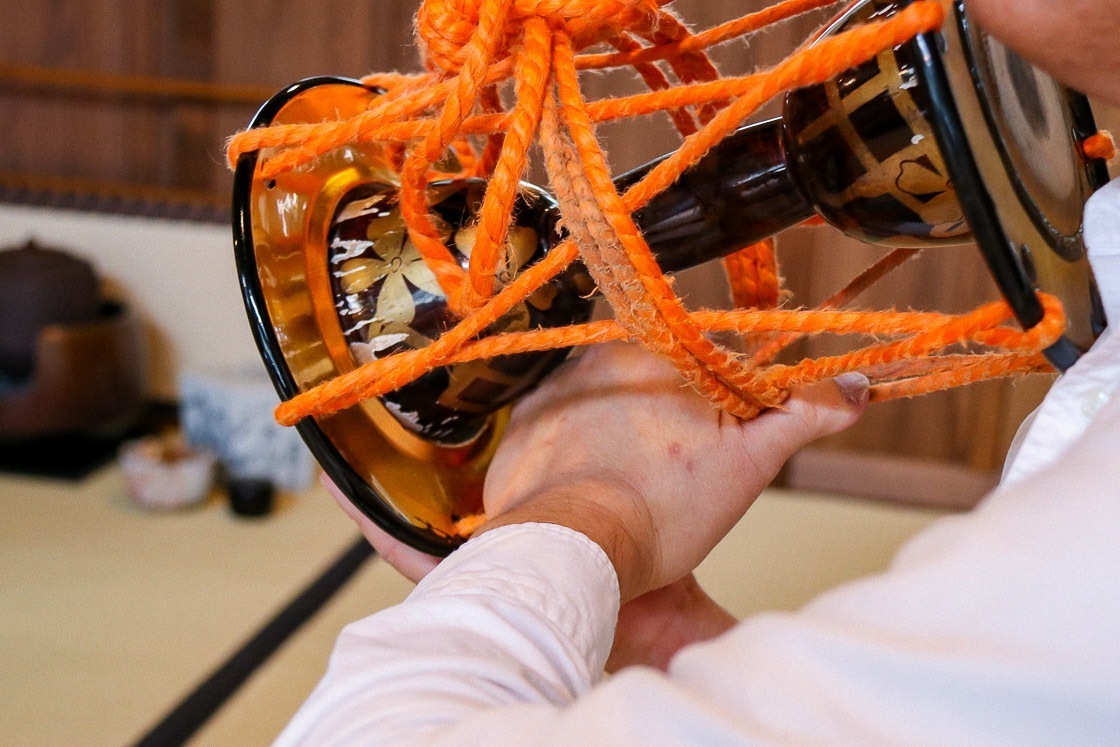
A short walk away was the start of the stepped approach to Shogenji Temple, my next stop for the day. The temple is a practicing Zen Buddhist temple, and unlike the crowds you would typically find in Kyoto, this place was refreshingly low on the tourist numbers. The approach up was lined with maple trees, offering seasonal colors in the autumn. Inside, the quiet atmosphere further emphasized on the temple's Zen roots.
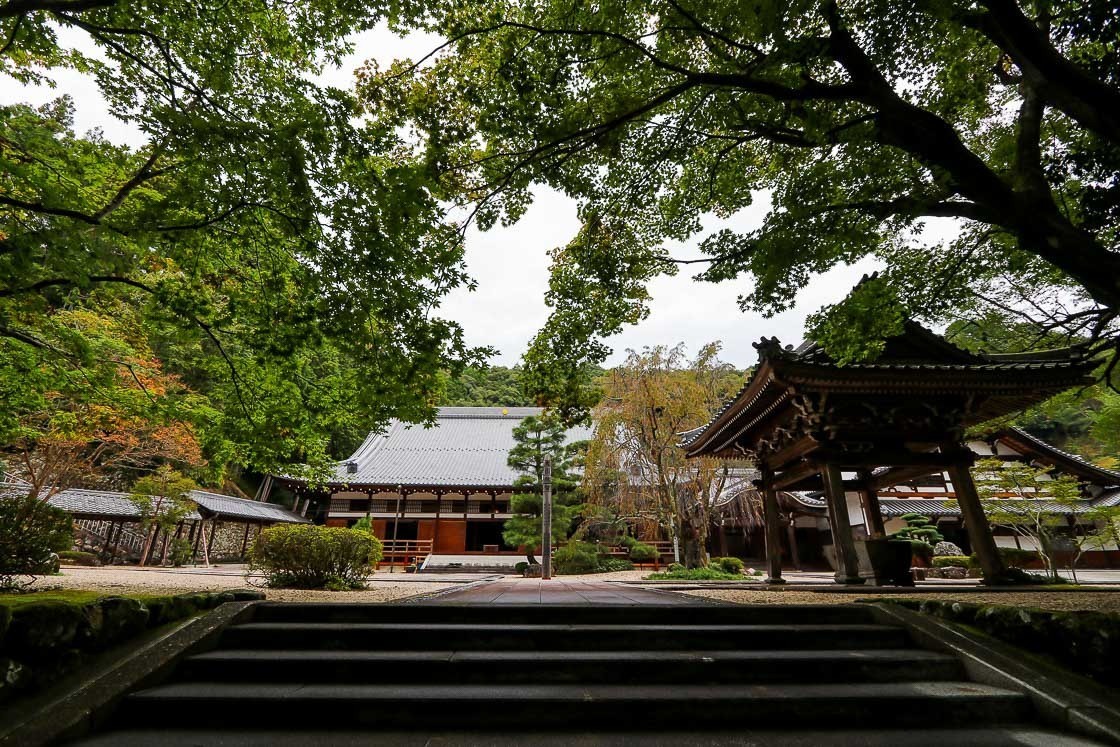
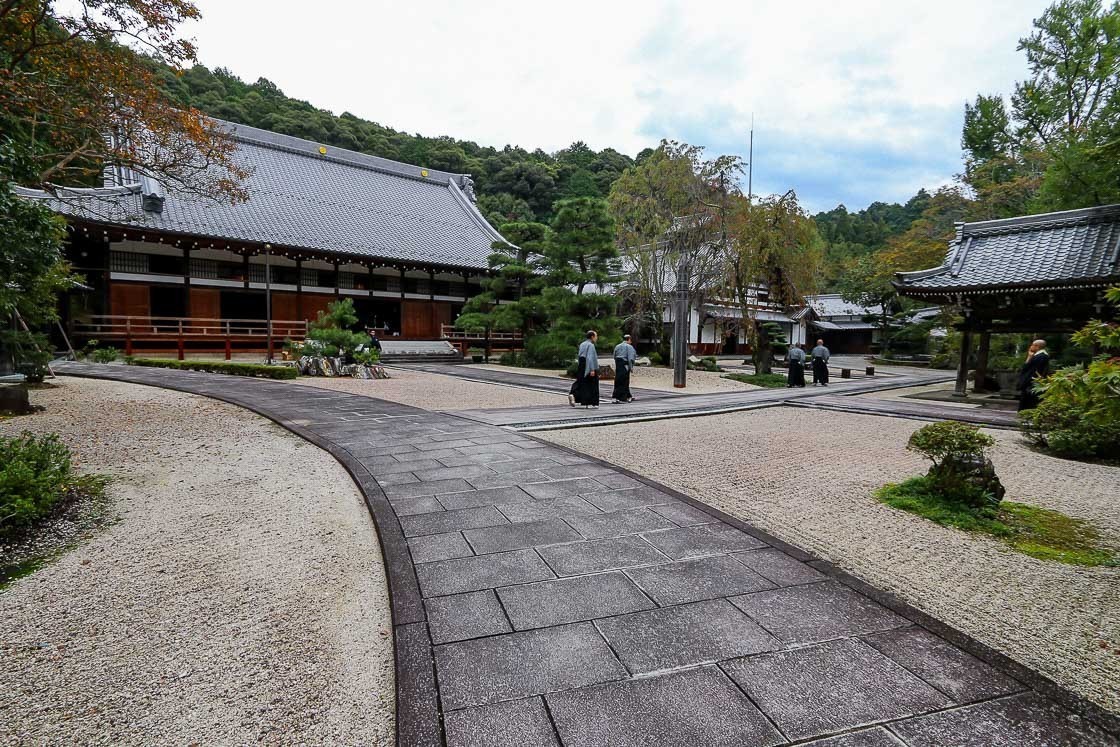
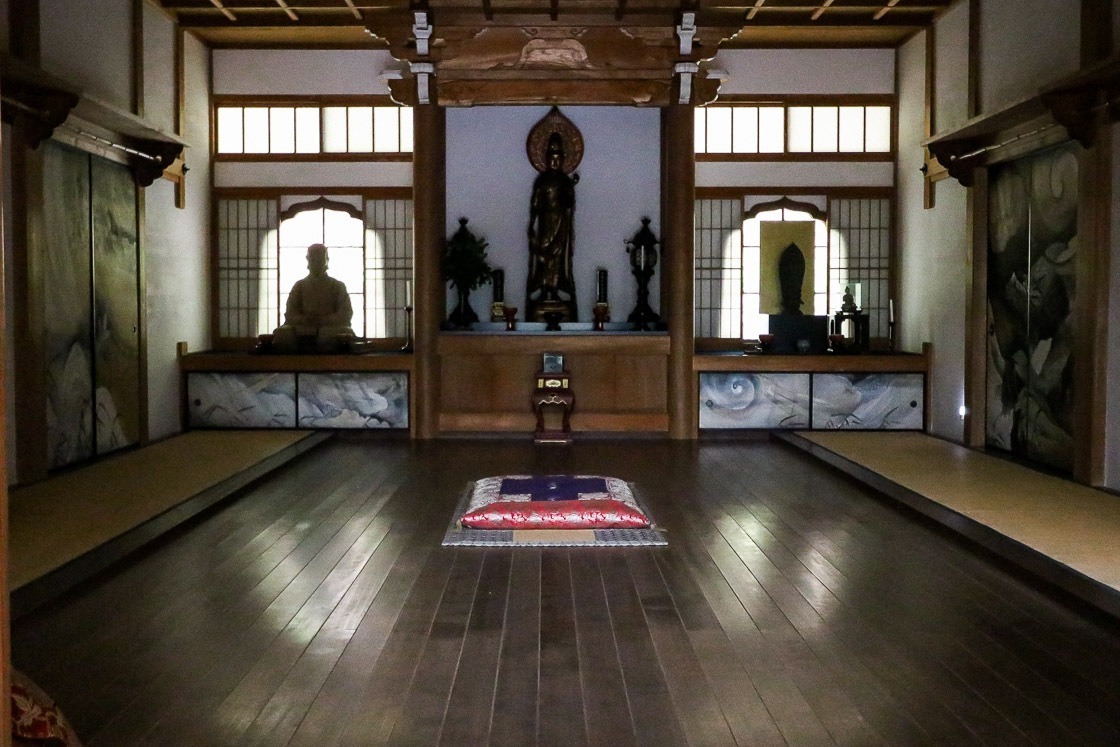
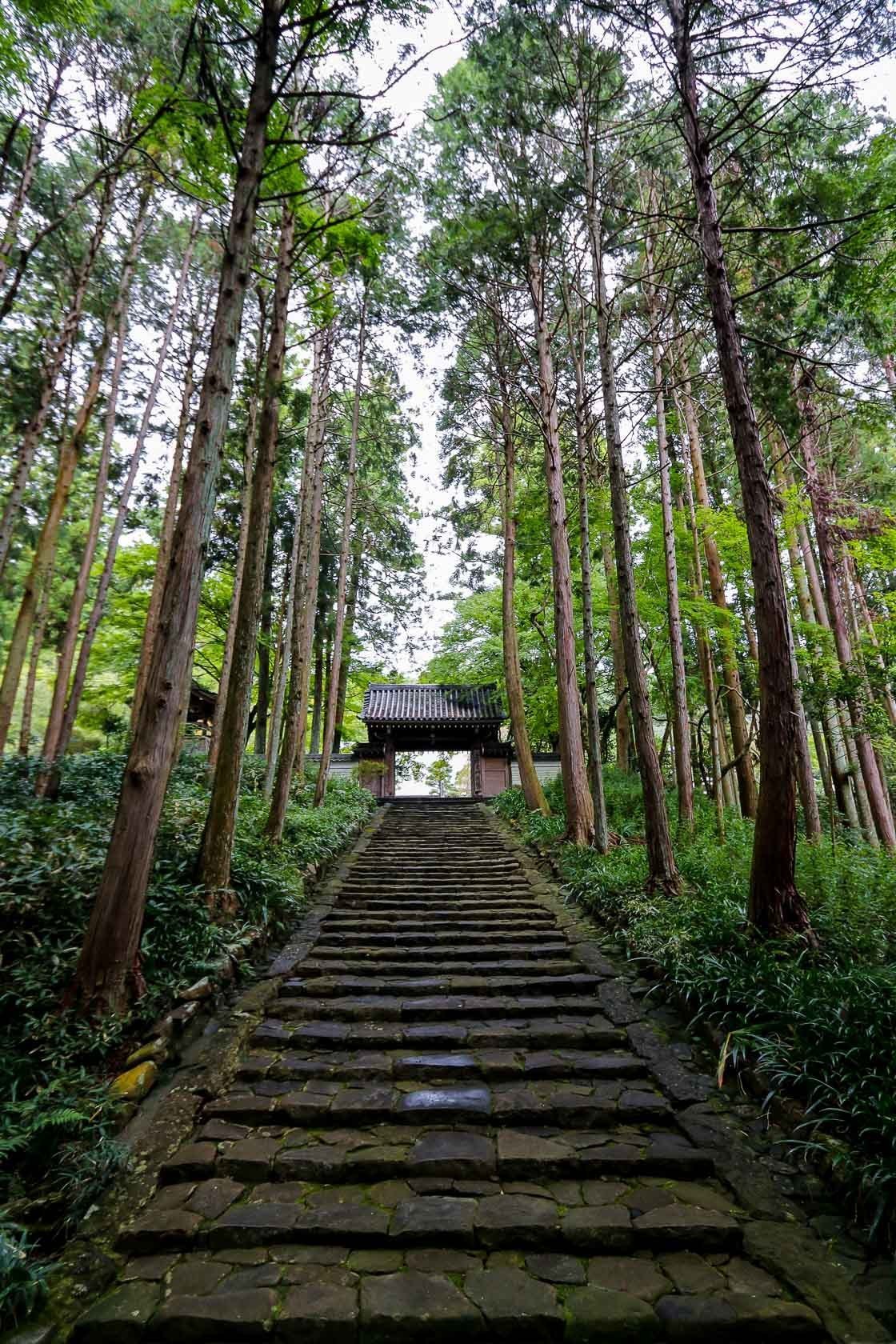
From there, I headed back to my rental car and drove about ten minutes to Minokamo Health Forest. Once there, it was pretty obvious that the forest was a great place to spend some time outdoors, maybe have a barbecue or go on a short walk to see some seasonal flora and to the nearby hilltop viewpoint. However, the main purpose of my trip here was to participate in some local activities, in particular making my own bamboo cup and chopsticks. These handmade utensils made for really unique souvenirs, and I found myself getting right into it.
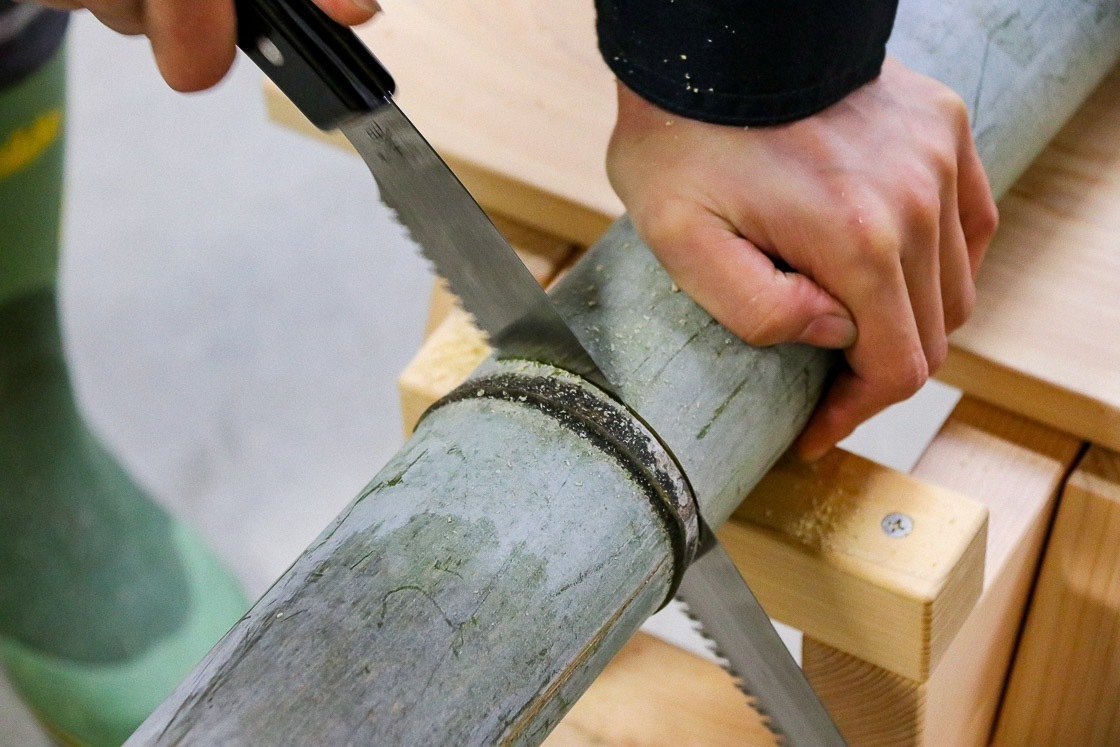
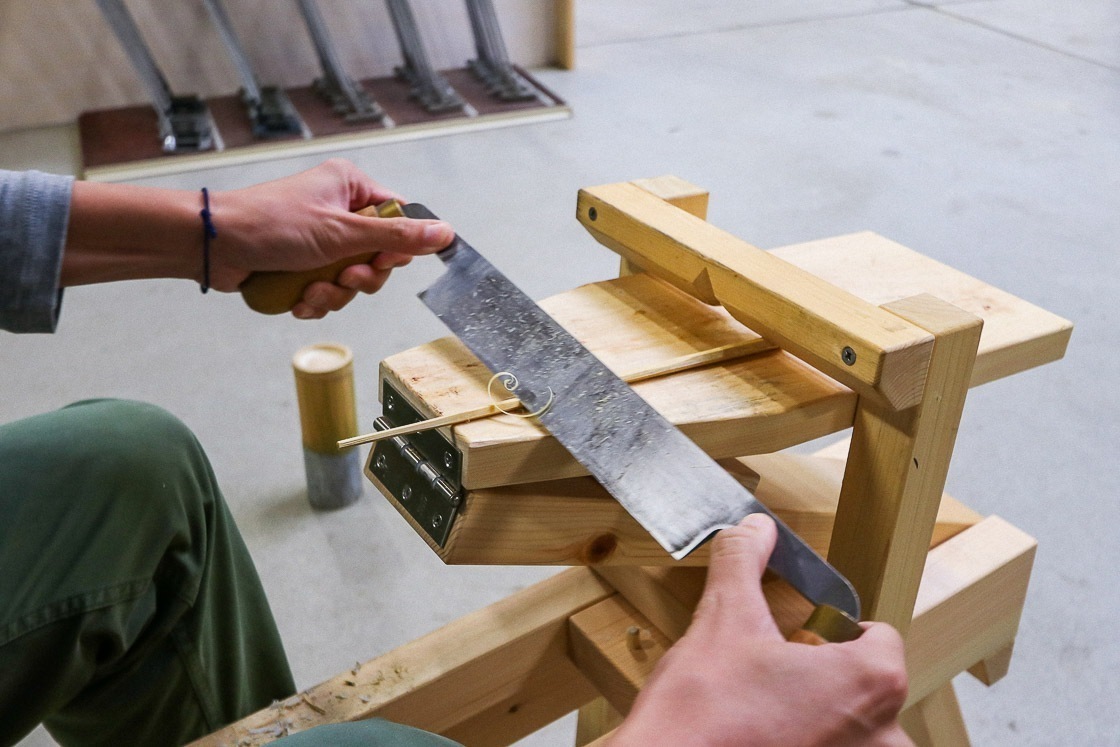

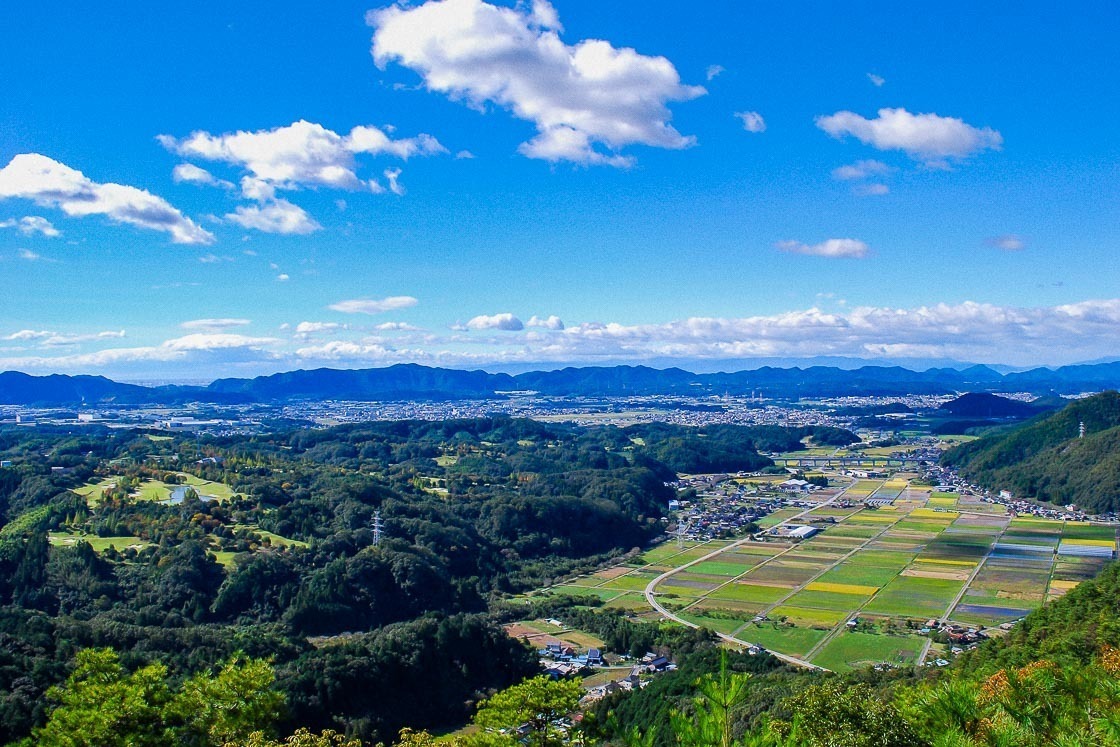
Soon it was time to leave, and I made my way to Kobi no Tengusan, a curious shrine that contains over 3000 tengu, mountain gods that are typically characterized by their long noses, in the main hall. This place was definitely one of the more unique spots I have visited, and it definitely made an impression on me.
Next was the Koyama Kannon, a temple on a small island in the Kiso River. The small temple is dedicated to the Kannon Buddha with a head of a horse, and it seems that many go there to pray for good health and road safety amongst other wishes. Finally, it was on to my accommodation for the night, the City Hotel Minokamo.
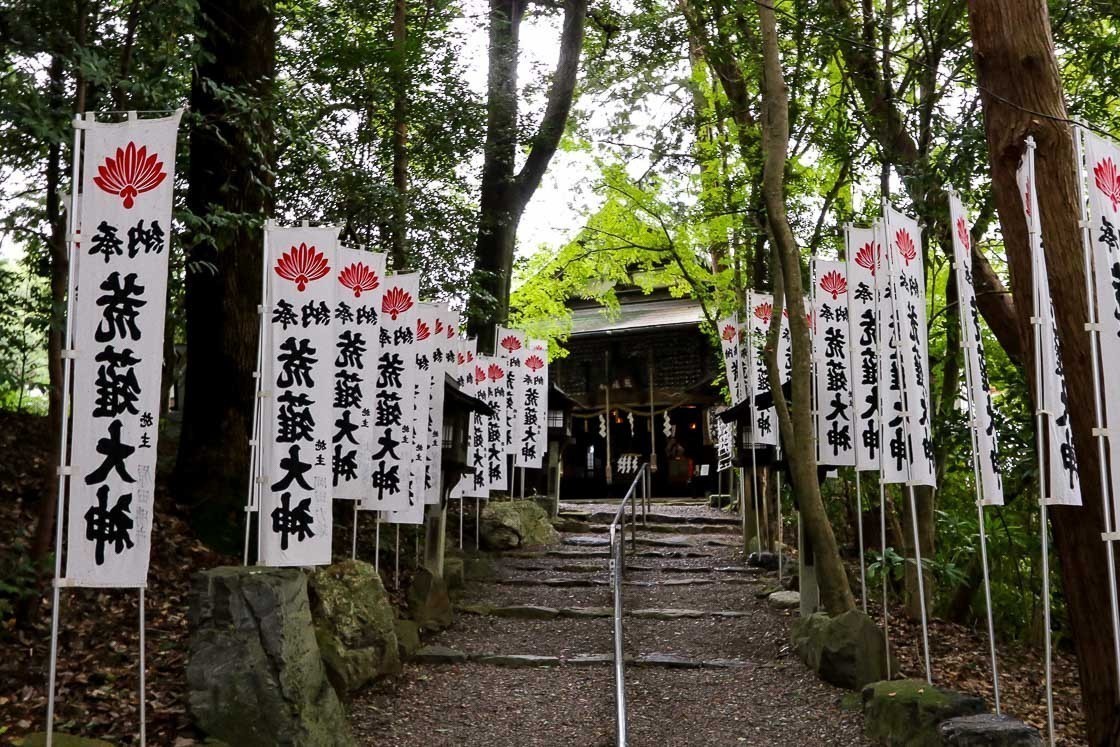
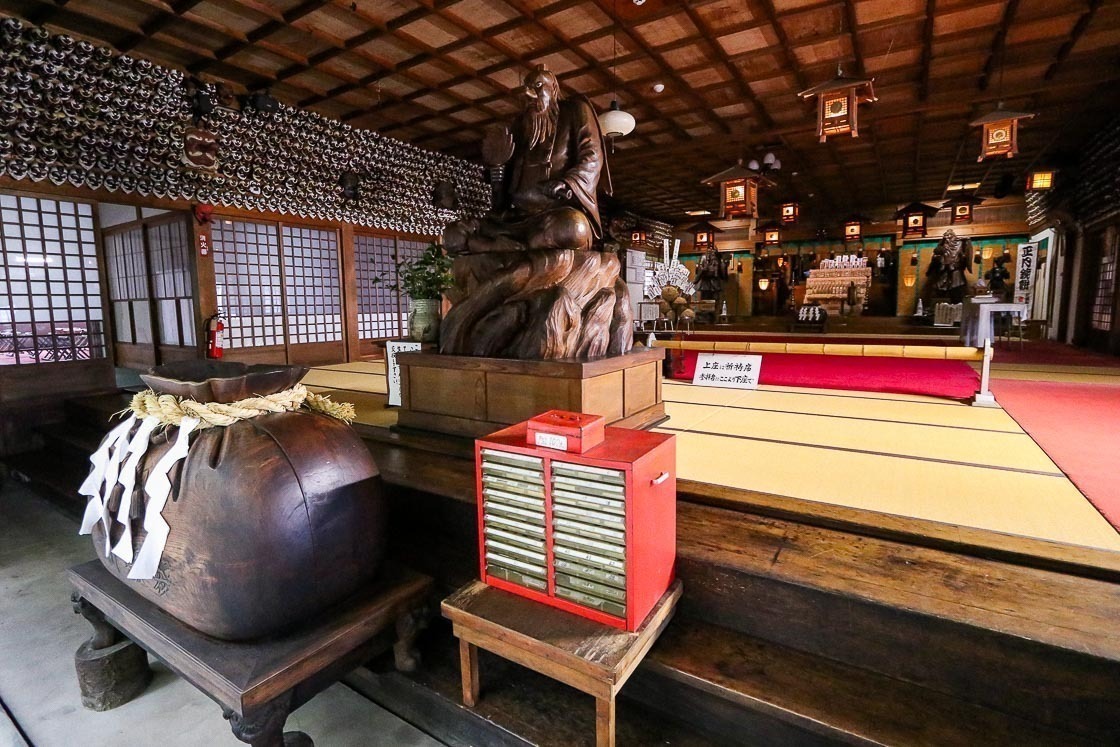
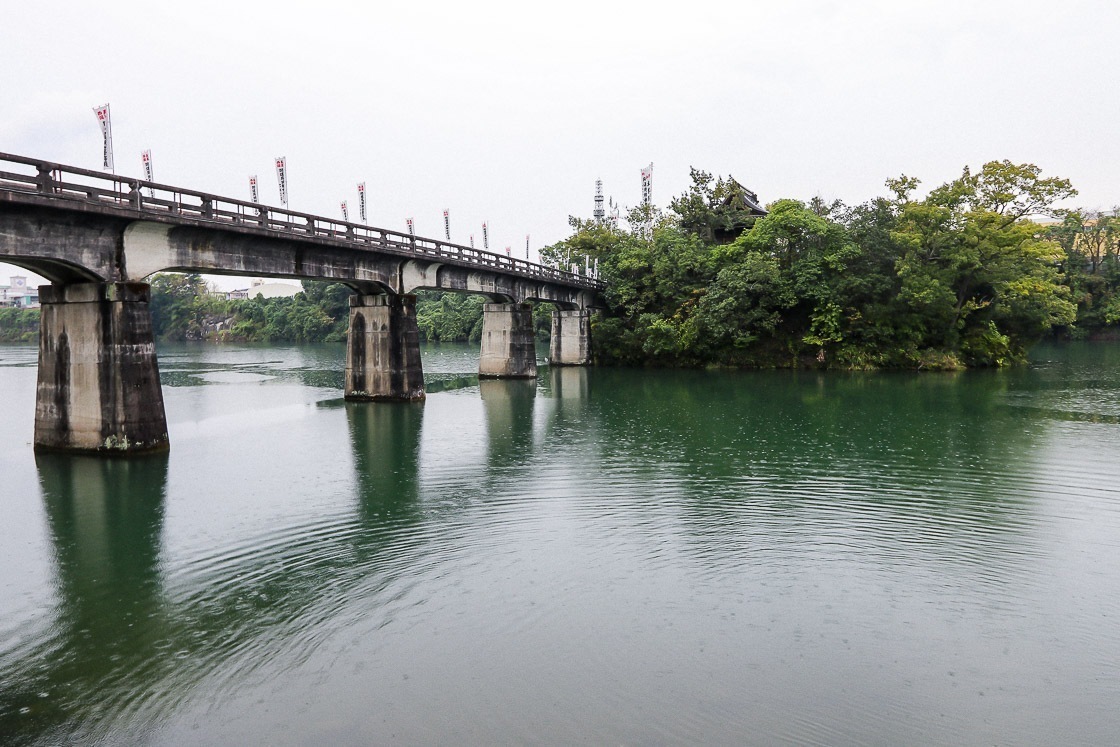

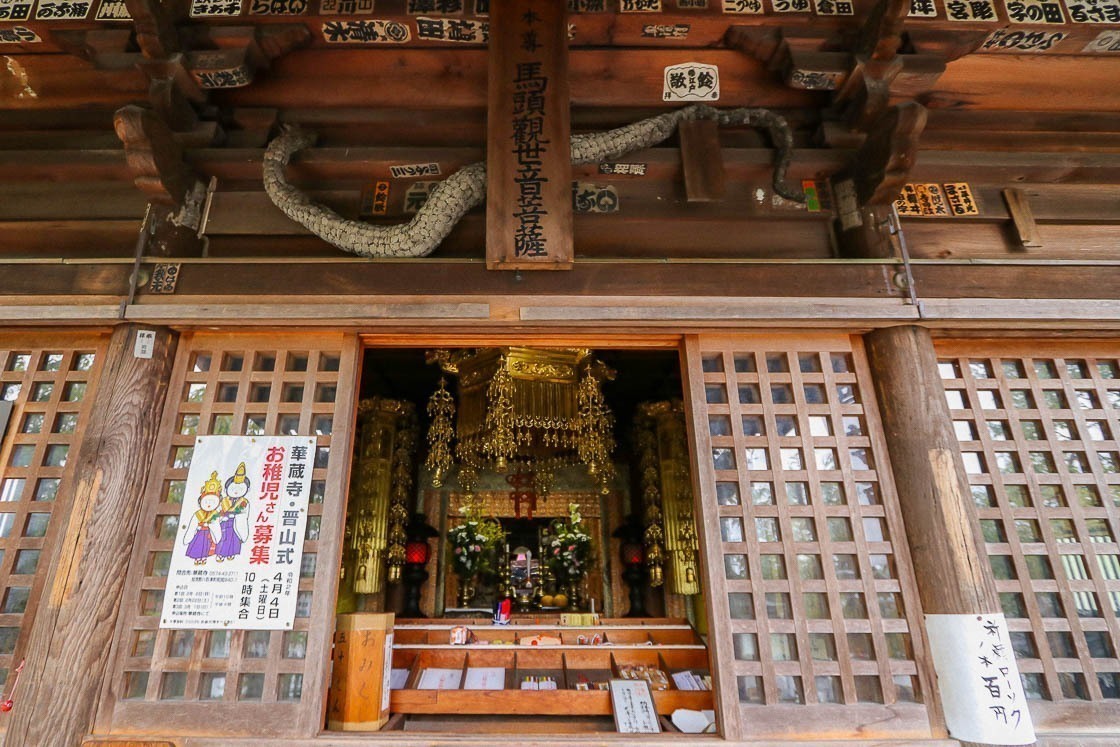

Day 2
I woke up bright and early, and made my way to RIVER PORT PARK Minokamo, a facility offering activities and dining right along the Kiso River, which flows east-west at the southern end of Minokamo City. Activities like river rafting and stand up paddling (SUP) are offered there, and my activity to kick start the day was a ten kilometer rafting experience down the Kiso River. River rafting is only available in the morning and typically lasts for about 2-3 hours from start to finish. Experienced guides navigated the rafts through a variety of rapids ensuring that no one got left out on the thrill factor. Reservations for river activities are typically open from May through to October.
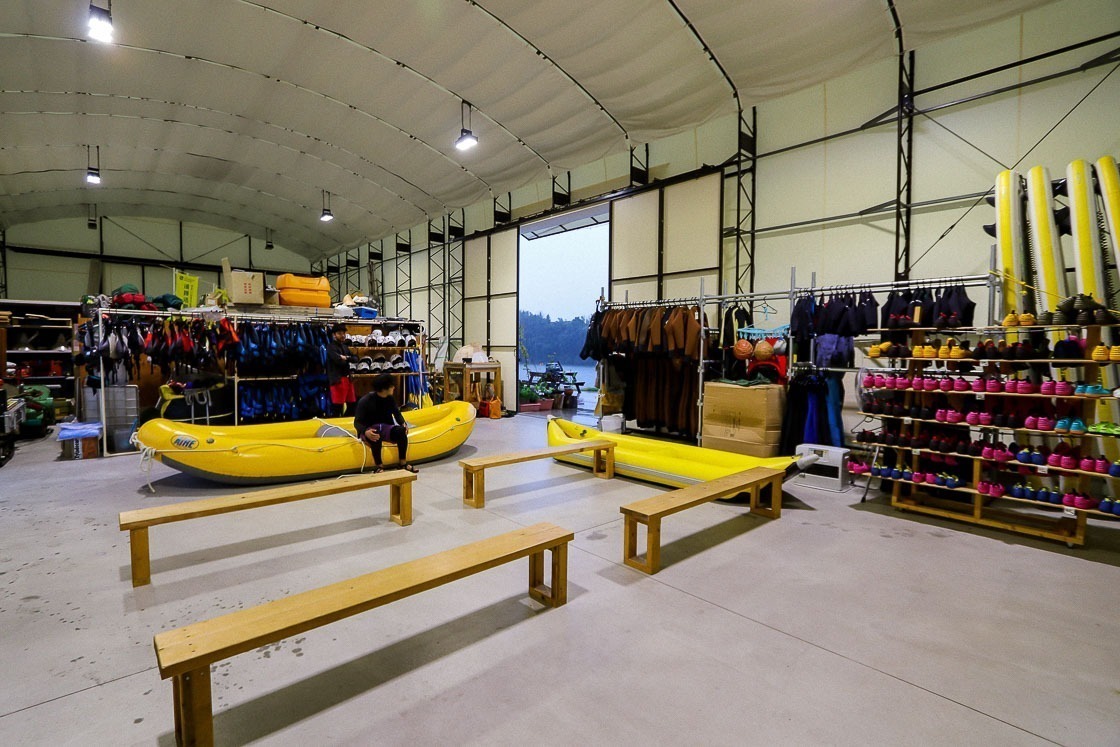
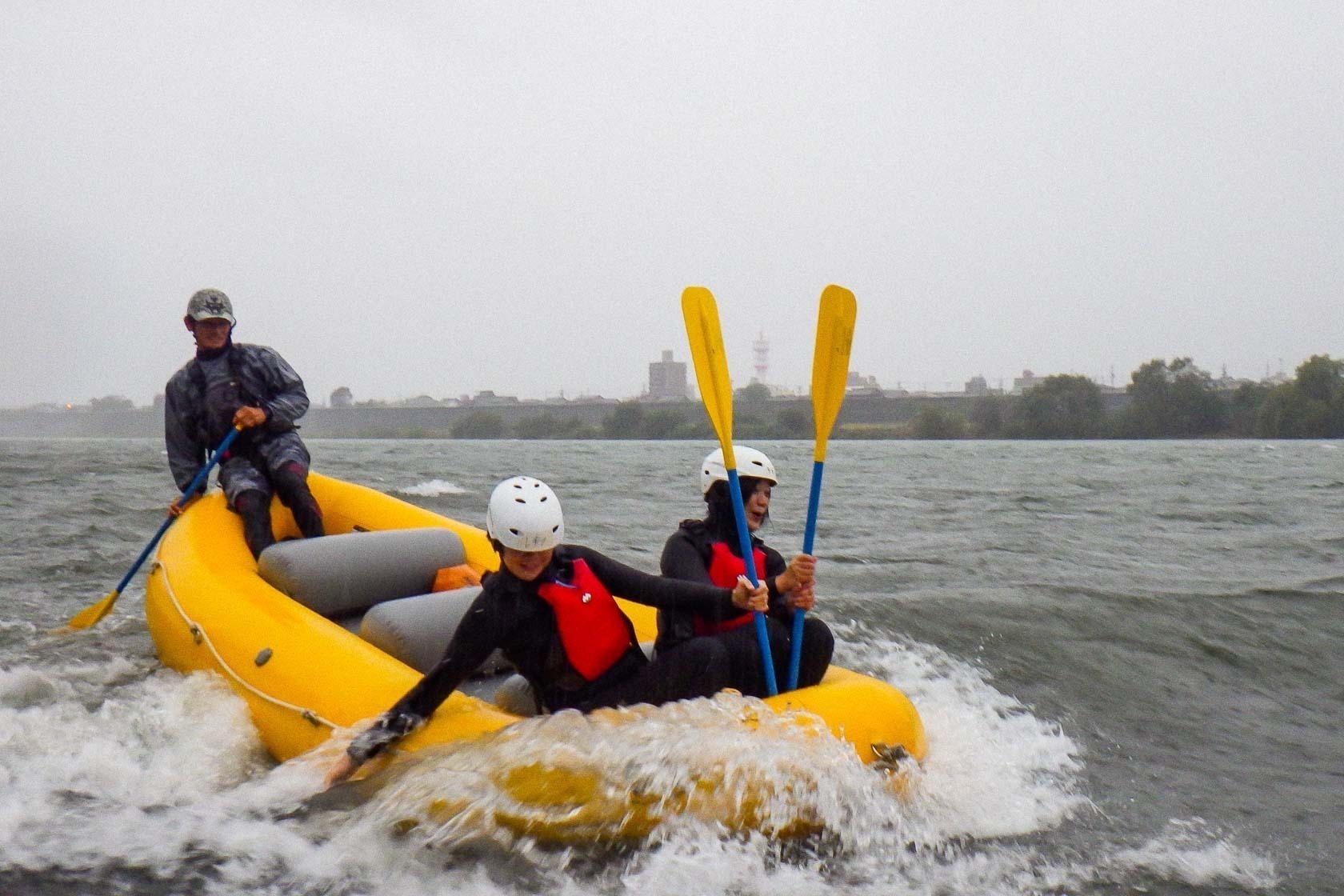
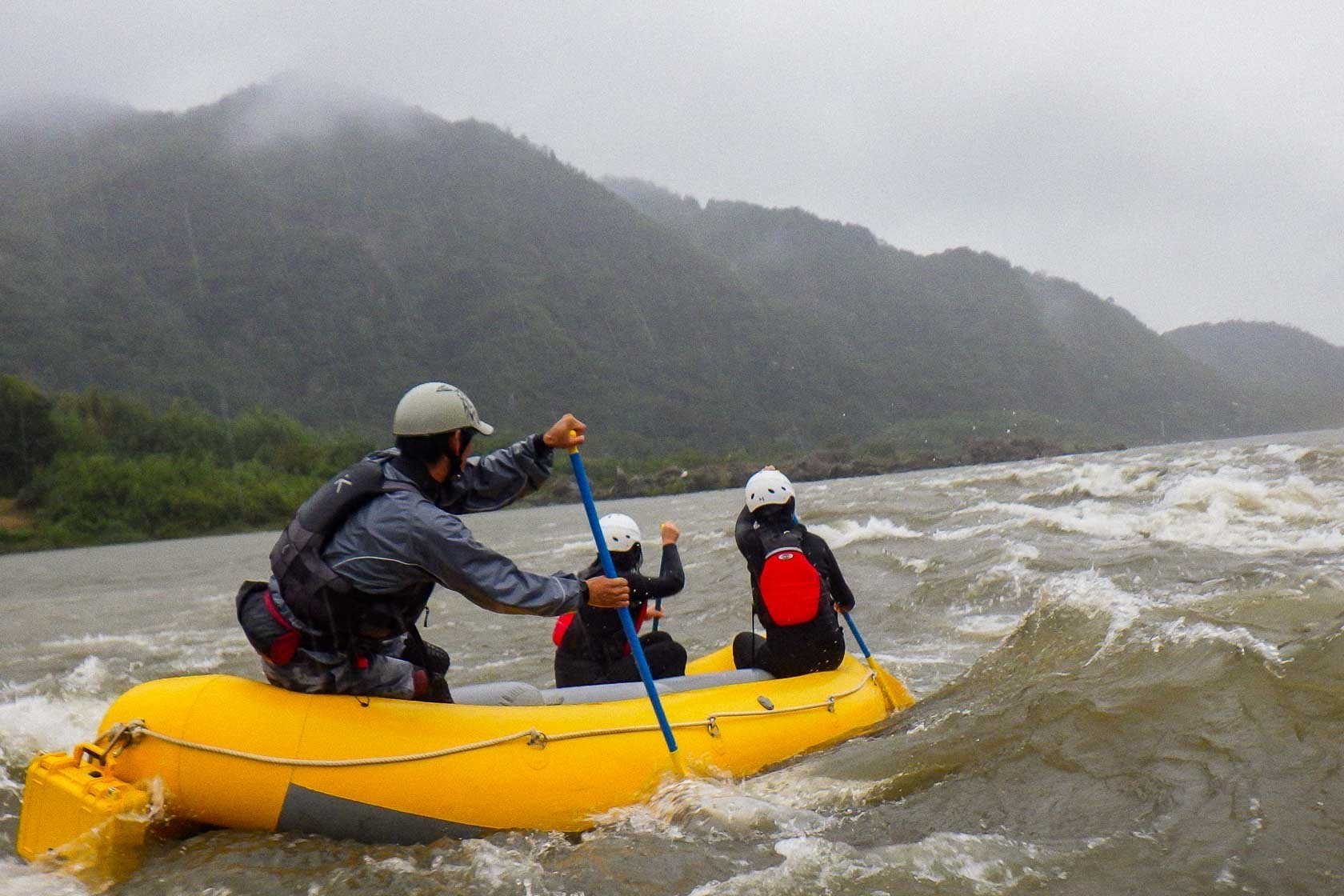
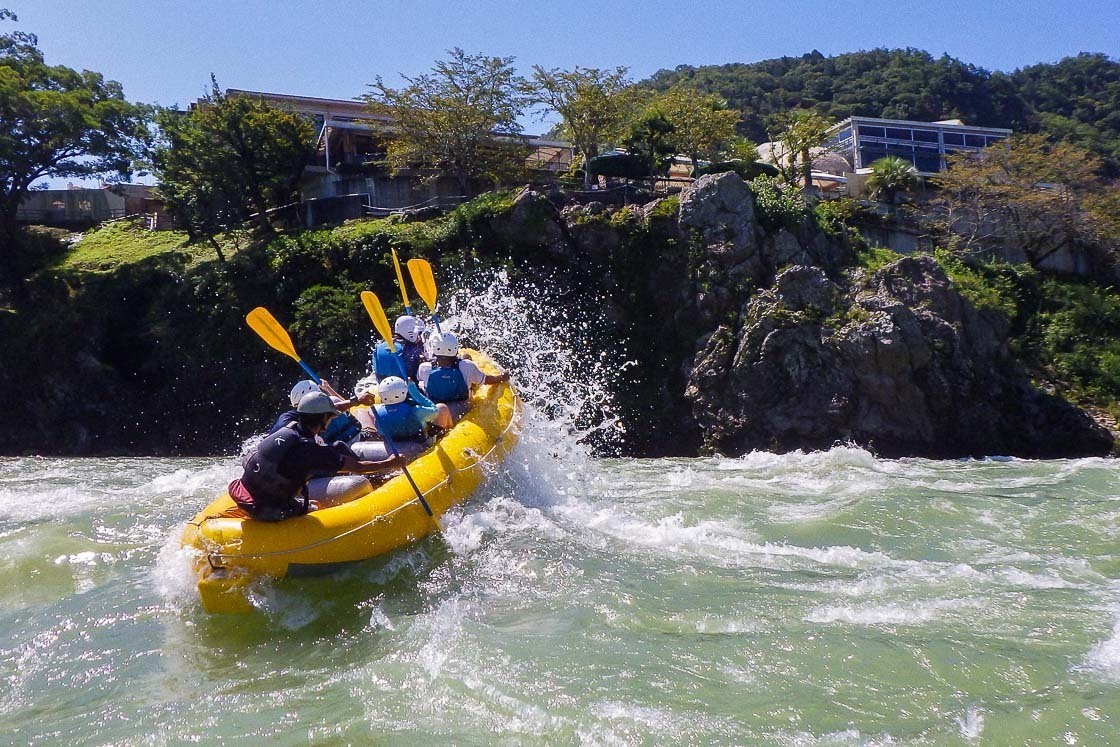
After that invigorating ride, I headed west along the Kiso River towards the Ota Juku Nakasendo Museum for a change of pace. During the feudal period, the area along the river used to be a post town along the Nakasendo, one of the major routes that connected Kyoto and Tokyo, where travelers could find food and rest. Inside the traditional looking building is a free museum that recreates a small section of the former post town. I found it quite interesting to take a look at the displays, and imagine for a while what life might have been like for travelers back then. Activities like making a bamboo strainer and soba noodles are also available here, but I did not have time to try them out when I was there.
A ten minute walk from the museum brought me to Rikuchokai, a group specializing in traditional Japanese musical instruments as well as outfits. This activity was one of the more unique ones I have seen so far, one that would definitely appeal to those with a musical background or those with an interest in traditional musical instruments. This experience requires advance reservations and can be as simple as being dressed up in traditional period costume while holding musical instruments, to having a short lesson on how to play the instruments and having a mini performance at the end of the class. Note that the fees vary depending on the level of experience you go for.
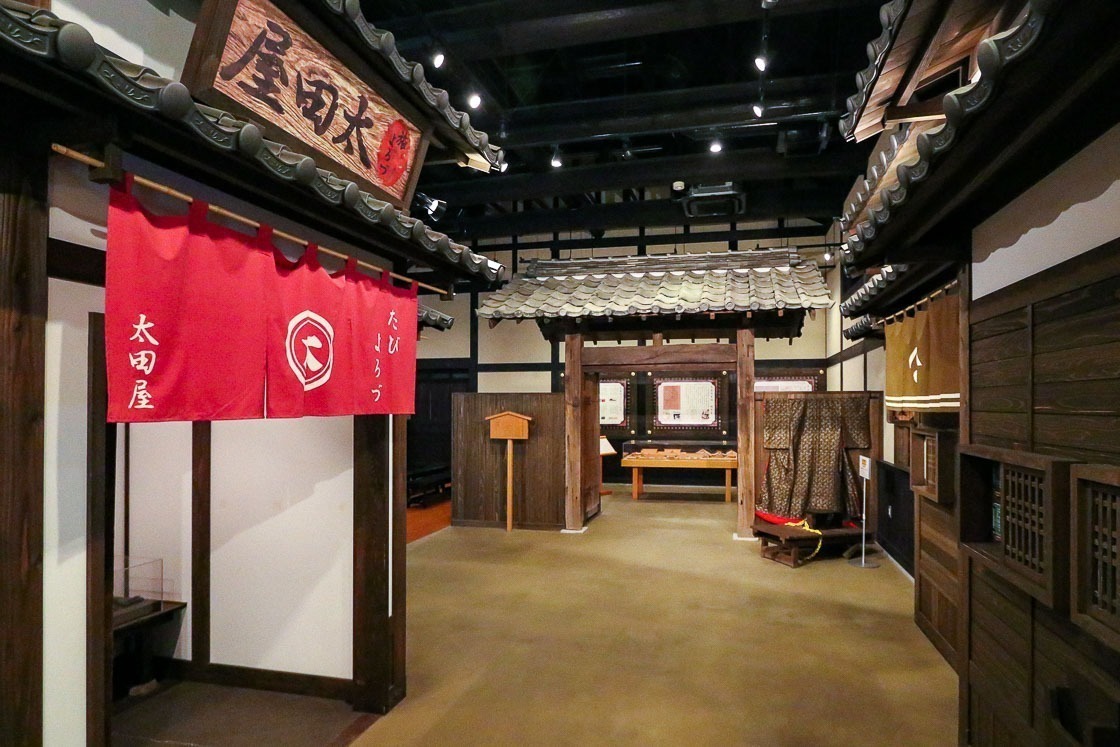
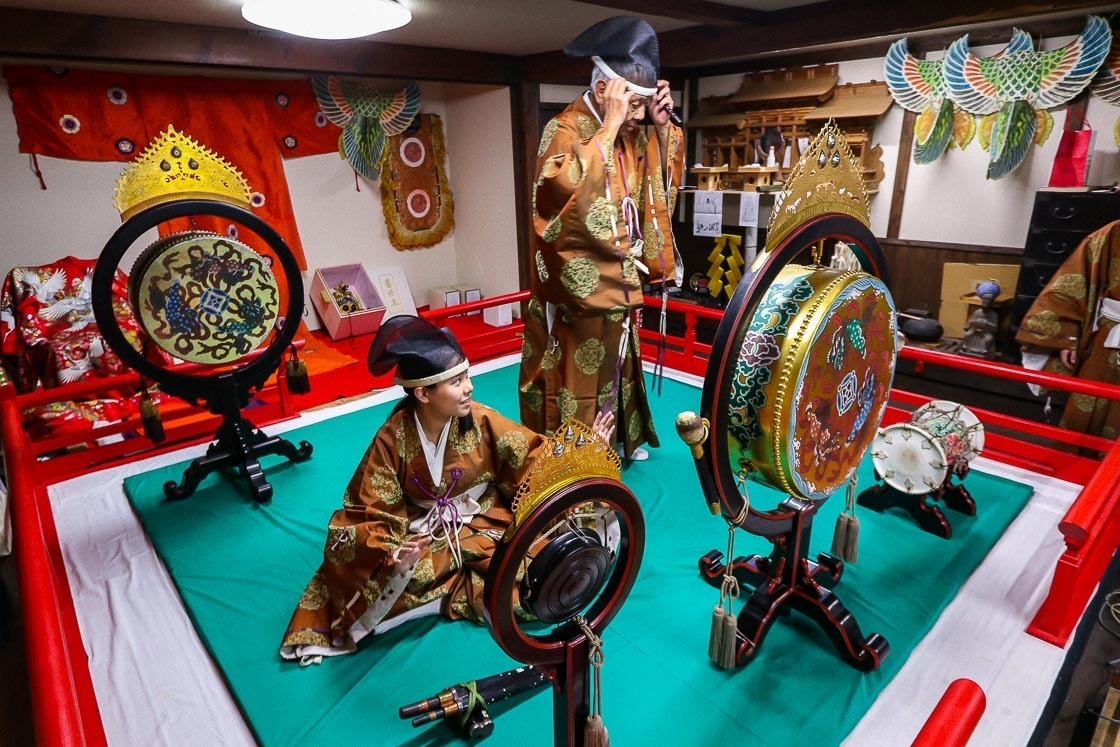
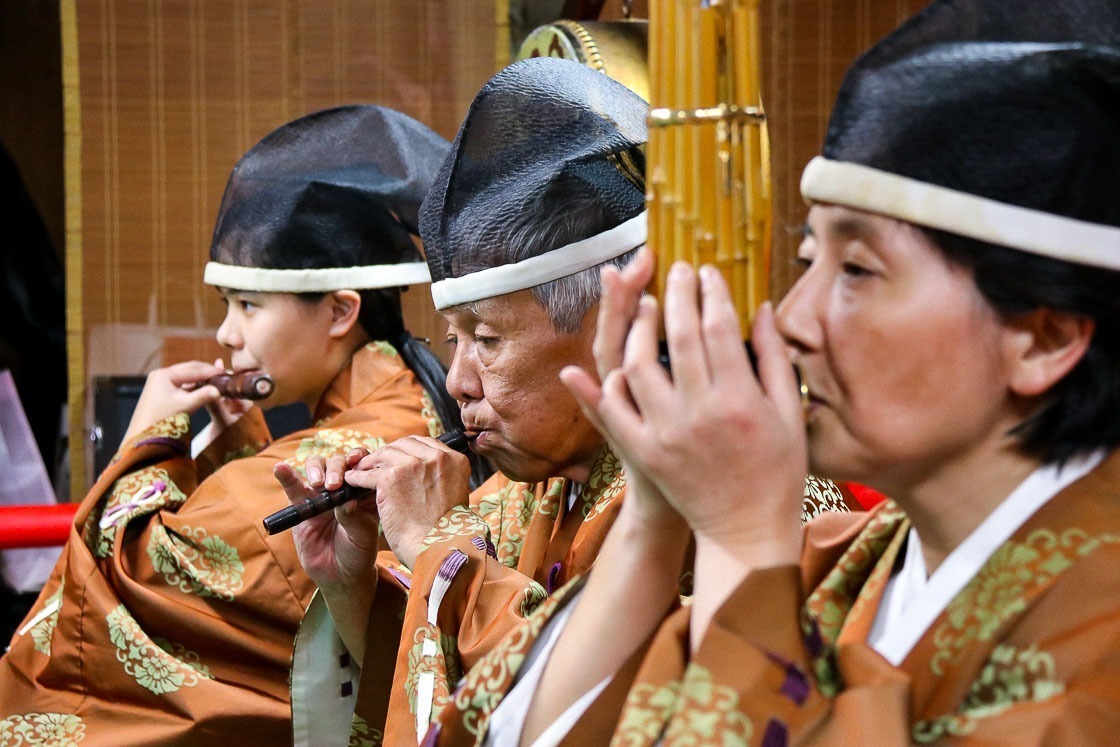

From there, I made my way to the Gifu Seiryu Satoyama Park. The large park is located in the middle of the city and was made to look like a town from the early 20th century during the Showa Period. Inside, seasonal flora line the walking trails, and there are also a number of restaurants and shops offering craft activities at reasonable prices. I tried my hand at traditional dyeing and making a kaleidoscope and found them to be quite fun.
Panza operates an adventure facility inside the park, and I had a go on their MegaZIP, a 333 meter long zip line that cuts cross Satoyama Park in a matter of seconds. This was definitely one of the highlights of my day and definitely gave me an adrenaline boost.
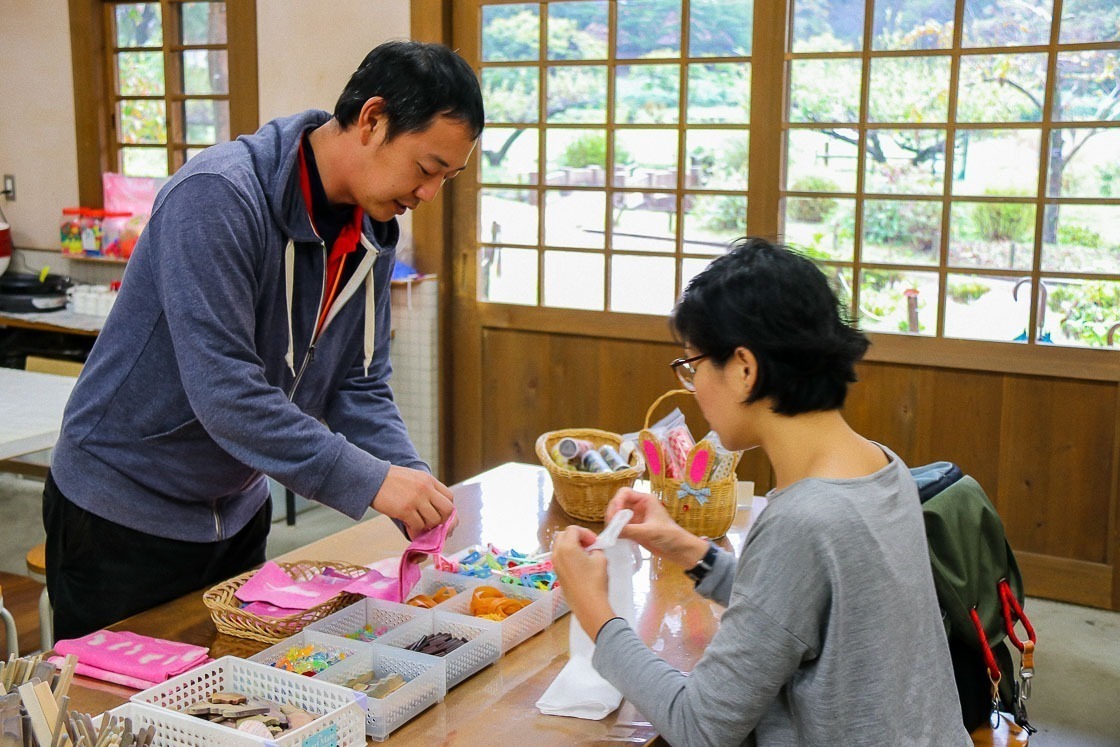
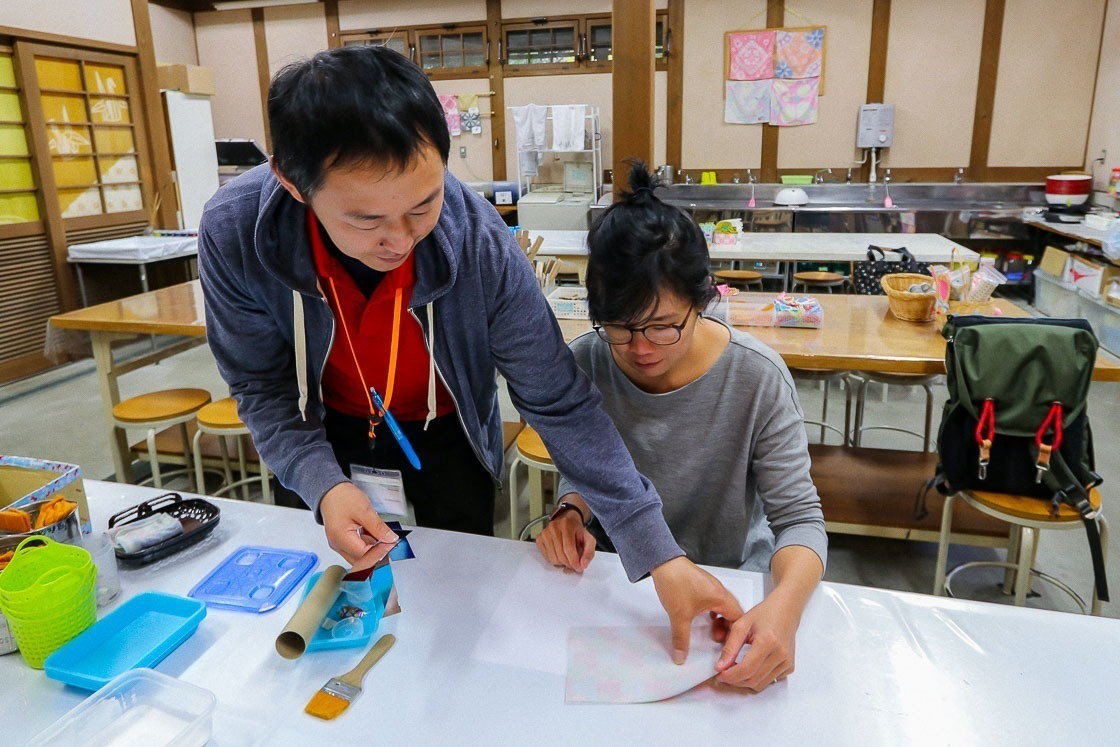
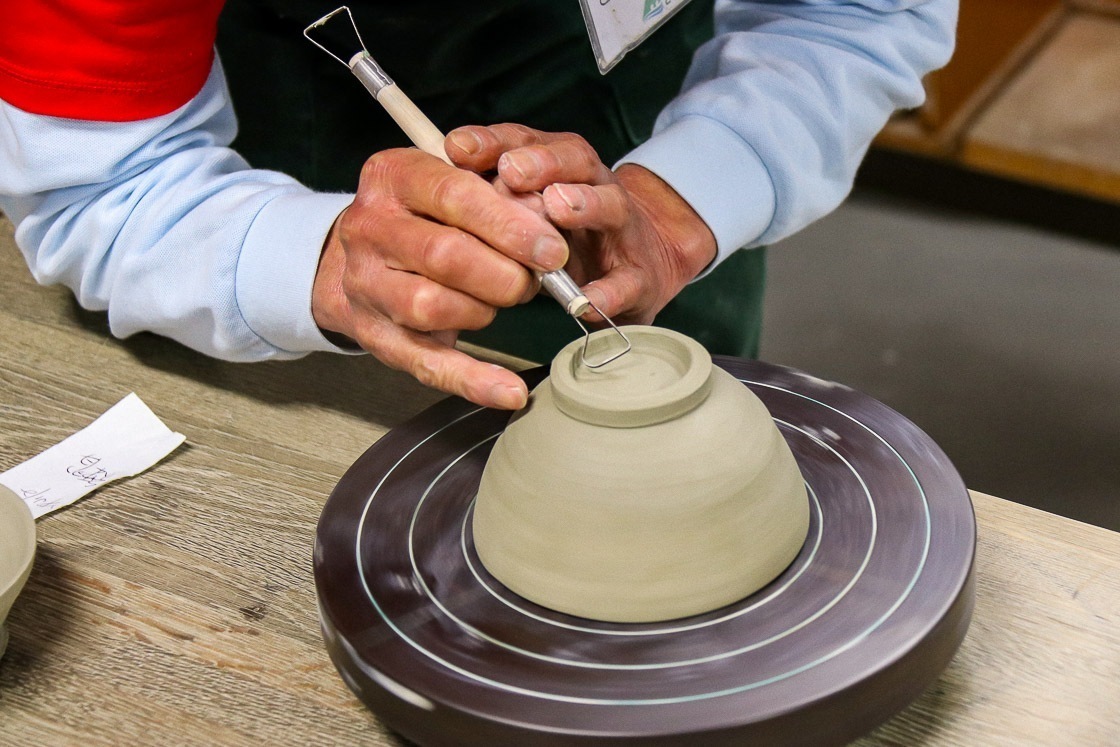
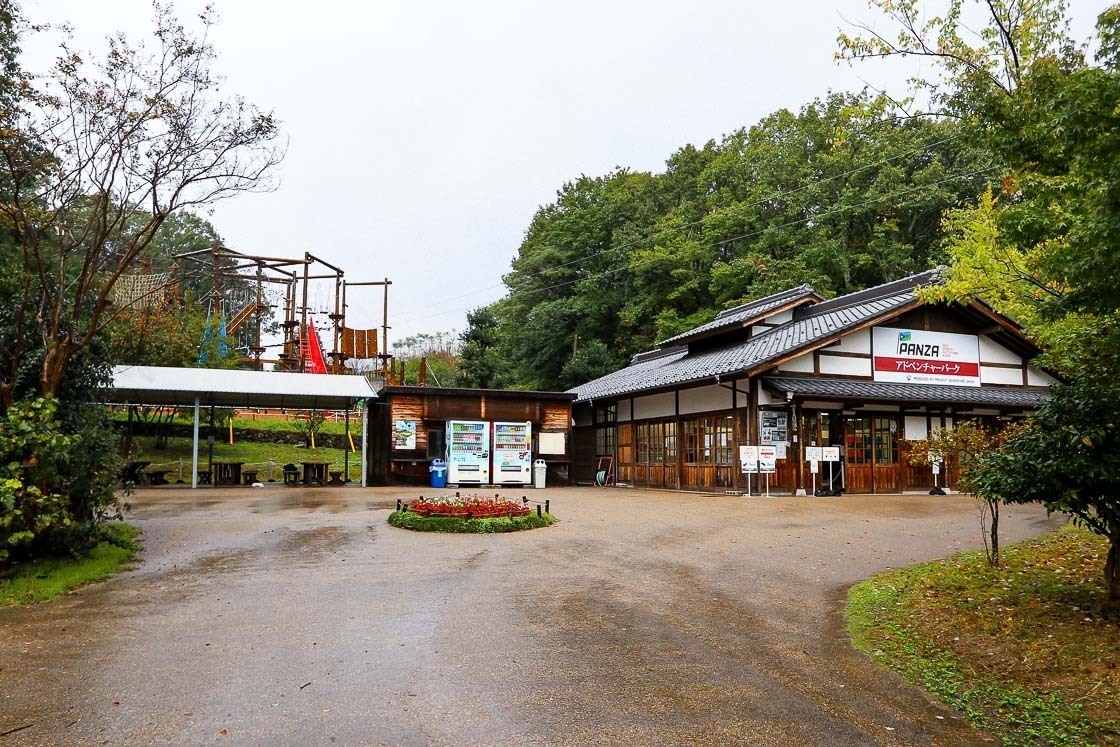

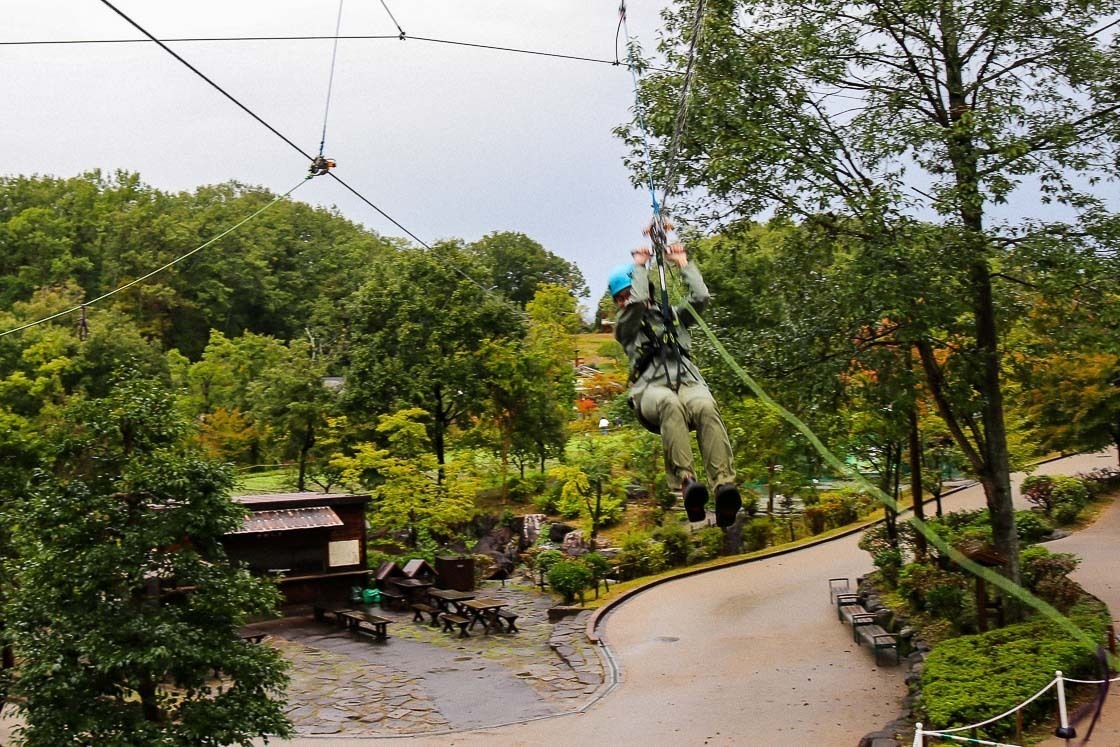

Finally, I made my way to the last stop on my trip, Yamaki Marche, an orchard cafe opened by Pear Fruit Yamaki. The cute cafe is located in the fruit growing area just south of the Gifu Seiryu Satoyama Park and surrounded by fruit trees. The main fruit grown at the orchard are Japanese nashi pears, persimmons and peaches, and it was the nashi season when I was there. What I loved most about the cafe was the level and quality of in-house products, including dried fruit and confiture. I couldn't help picking up some souvenirs before I left, knowing that they were definitely local and delicious.
With that, it was time to bid farewell to Minokamo and head back home. It was a trip that had a good mix of outdoor fun, cultural and historical spots and hands on activities. I could see this being a fun side trip for families as there would be something for everyone, even younger children.
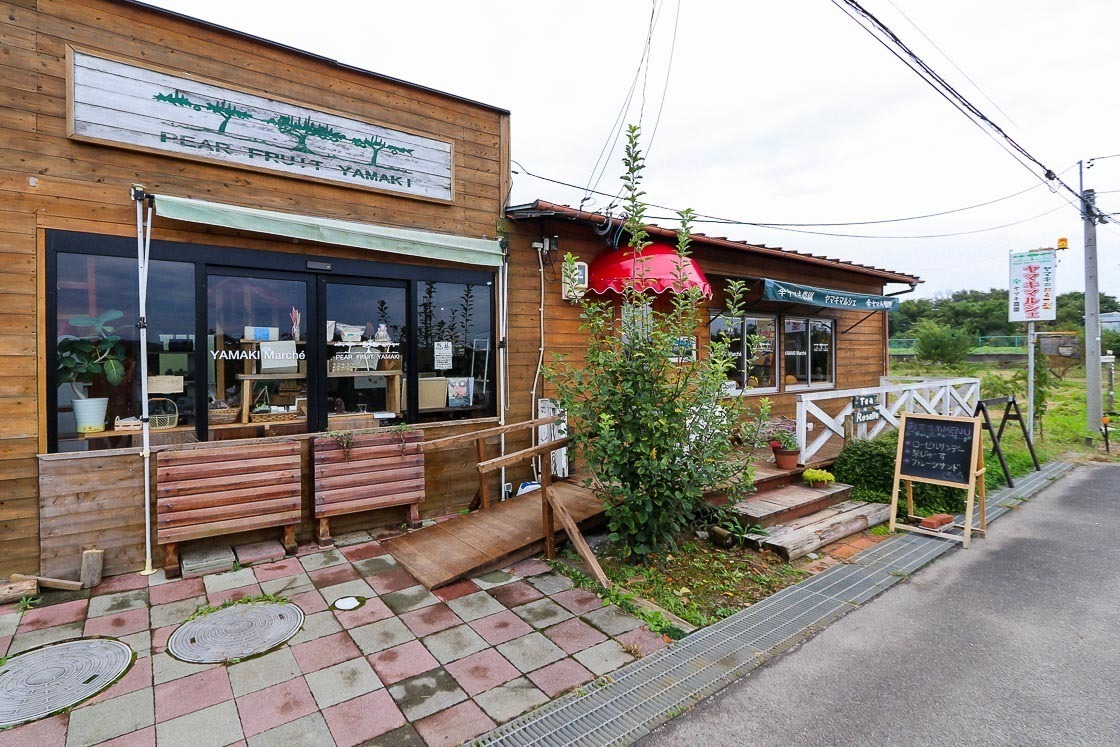

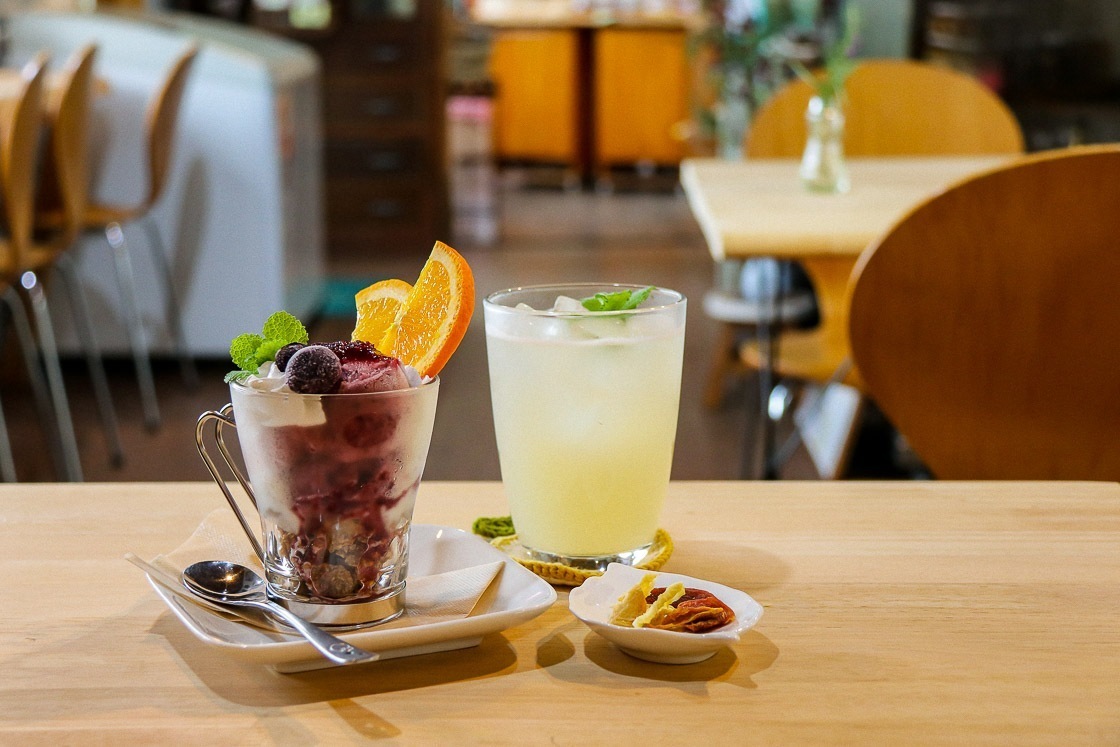
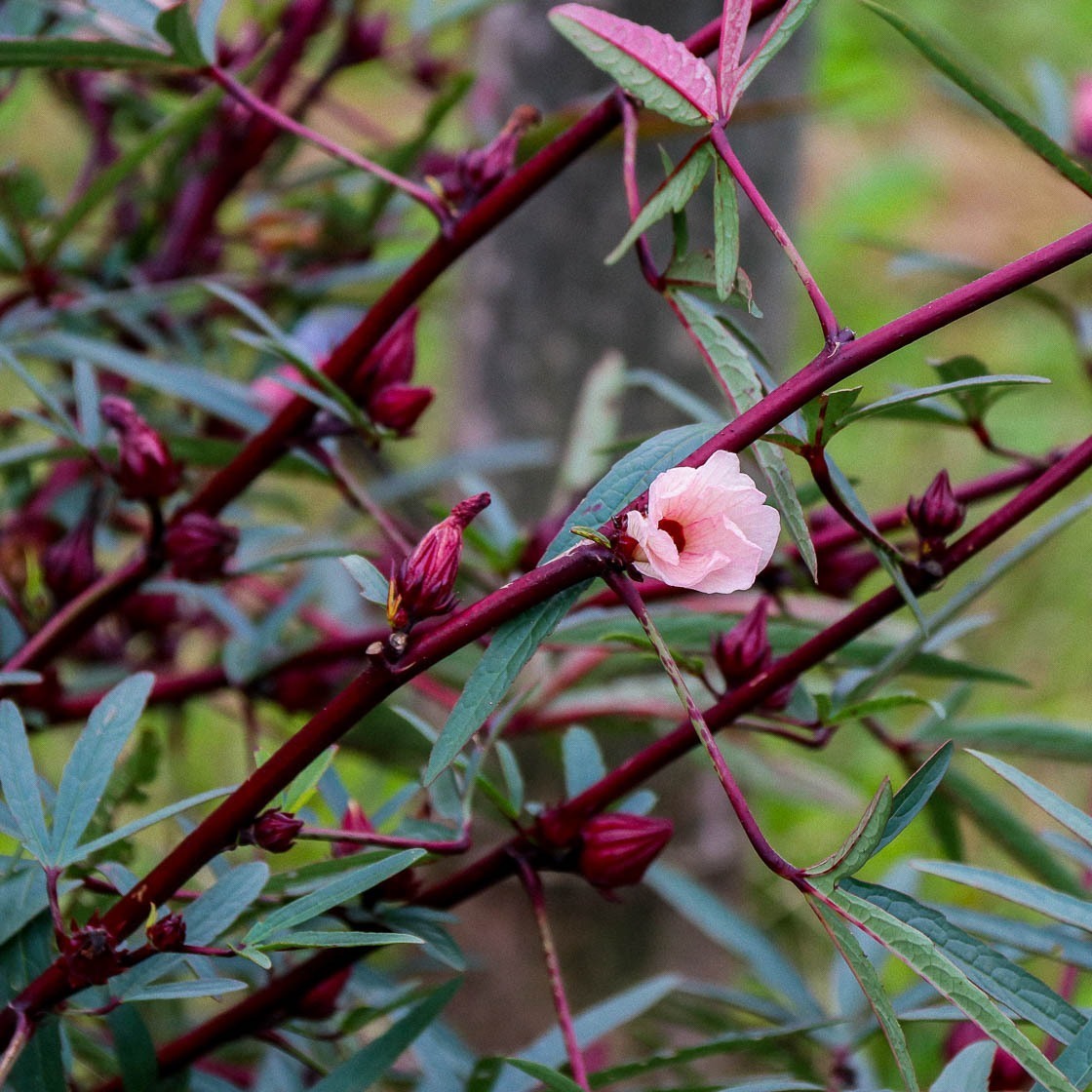
Access
Mino-Ota is the main train station serving Minokamo. The one way trip from Nagoya to Mino-Ota with a transfer at Gifu Station takes about 65 minutes and costs 1170 yen. Public transportation is virtually non-existent to many of the sightseeing attractions, and a rental car is recommended to explore the city. Rental car outlets can be found in the city.
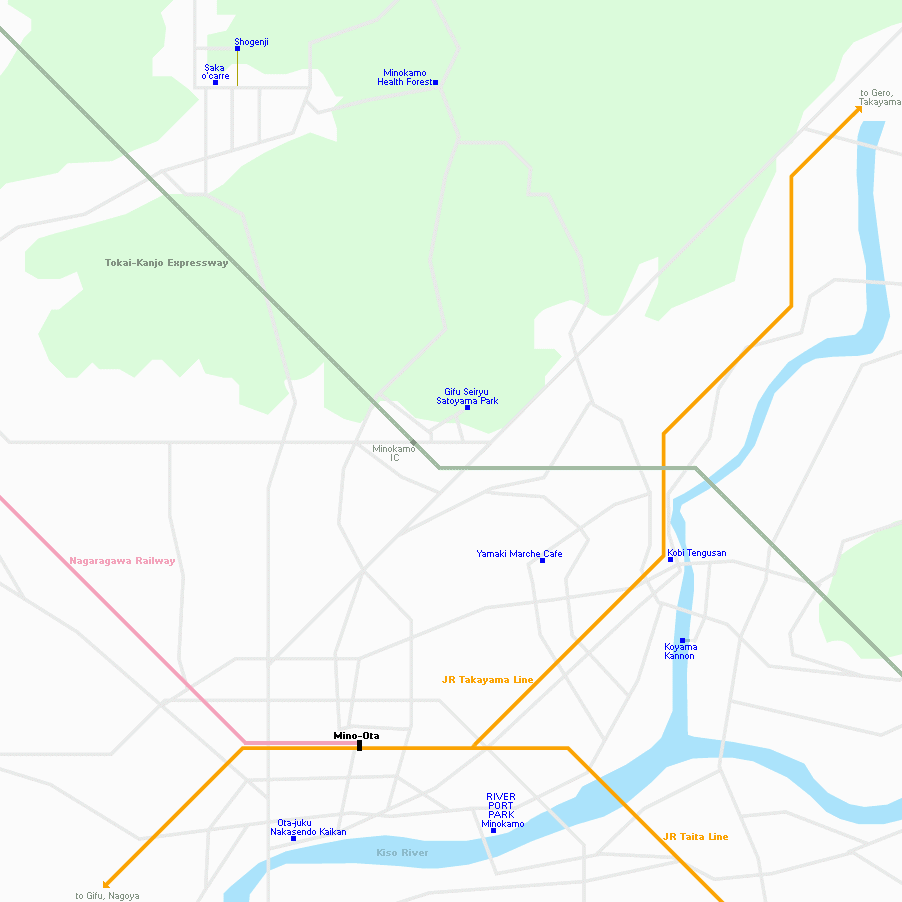
Links to book the activities
- Making a kaleidoscope at Gifu Seiryu Satoyama Park
- River rafting with River Port Park Minokamo
- Making a bamboo cup and chopsticks at Minokamo Health Forest
- Making a bamboo strainer and soba noodles at Ota Juku Nakasendo Museum
- Wearing traditional outfits and playing Japanese musical instruments at Rikuchokai
